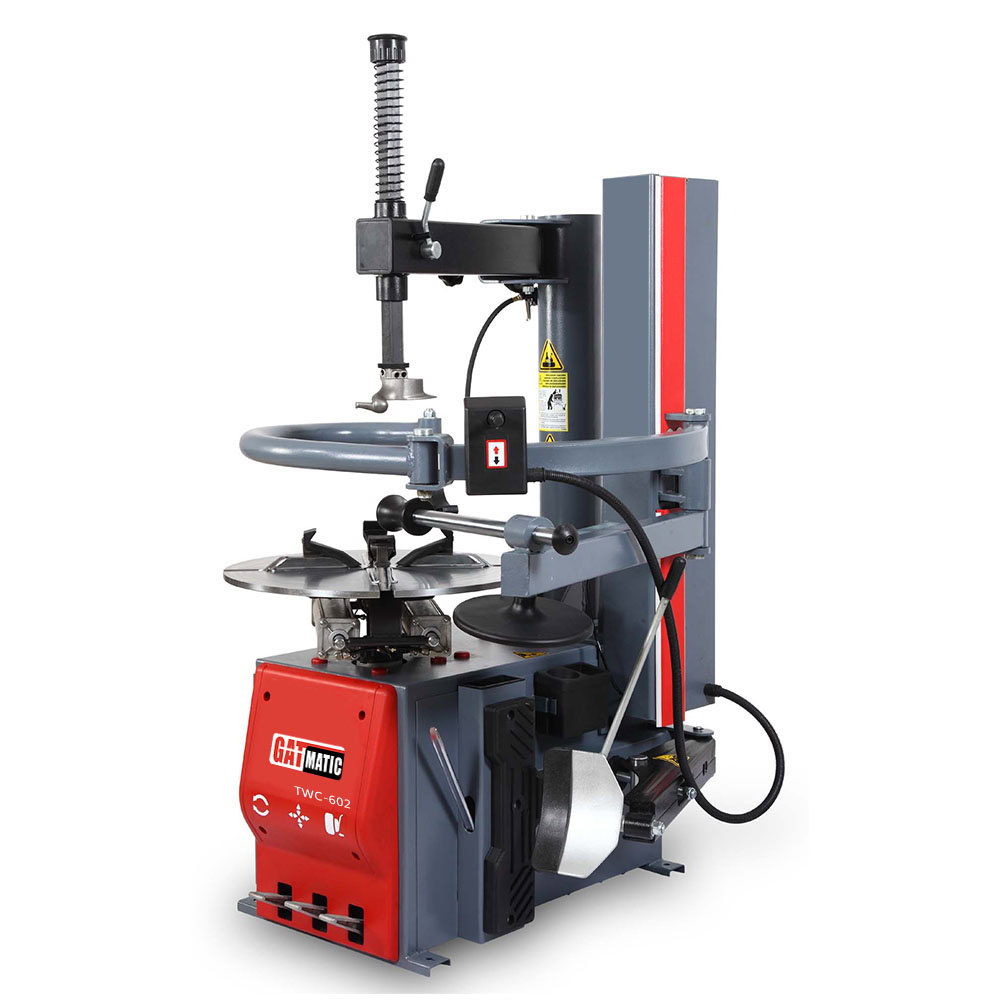How do advanced tire changers improve efficiency?
Efficiency in the automotive service industry is crucial for maintaining competitiveness and customer satisfaction. Tire changers, essential tools in this industry, have evolved significantly over the years. This essay explores how advanced tire changers improve efficiency, highlighting their technological innovations, impact on productivity, and overall benefits.
I. Historical Context
Early tire changing methods were manual and labor-intensive, relying heavily on basic tools and physical effort. The introduction of mechanical aids marked the beginning of modern tire changing, offering initial improvements in speed and safety. These early developments laid the groundwork for the advanced tire changers used today.
II. Features of Advanced Tire Changers
Advanced tire changers boast numerous features that enhance efficiency. Automation and mechanization are at the forefront, with automatic demounting and mounting processes integrated with computer systems. This automation ensures precision and accuracy, minimizing the risk of tire and rim damage. Additionally, ergonomic designs reduce physical strain on operators, creating better working conditions.
III. Technological Innovations
Technological innovations play a crucial role in the efficiency of advanced tire changers. Leverless technology eliminates the need for traditional tire levers, increasing both speed and safety. Touchless systems offer contact-free operation, preserving tire and wheel integrity. Advanced clamping systems provide universal clamping for various wheel sizes, ensuring secure and efficient handling.
IV. Impact on Efficiency
The impact of advanced tire changers on efficiency is profound. These machines save time by speeding up the tire change process, leading to increased vehicle throughput. Labor efficiency is also enhanced, as reduced manual labor allows operators to handle more tasks simultaneously. Cost savings are achieved through lower operating costs and reduced need for frequent equipment replacement.
V. Case Studies and Real-World Examples
Automotive service centers that have implemented advanced tire changers report significant improvements in efficiency. For instance, service centers experience faster turnaround times and increased customer satisfaction. Similarly, tire manufacturers using advanced tire changers in production benefit from enhanced manufacturing speed and quality, contributing to overall operational efficiency.
VI. Challenges and Considerations
Despite their advantages, advanced tire changers come with challenges. The high initial investment cost can be a barrier, though the return on investment (ROI) often justifies the expense. Operator training is essential for adapting to new technologies, and maintaining these complex systems requires consistent performance and technical support.
VII. Future Trends and Developments
The future of tire changers lies in further integration with automotive technologies. The Internet of Things (IoT) and smart workshop solutions are likely to enhance efficiency through predictive maintenance and analytics. Innovations in tire changer design will continue to focus on automation and safety, ensuring that the industry keeps pace with evolving demands.
Conclusion
In conclusion, advanced tire changers significantly improve efficiency in the automotive service industry. Their technological innovations, impact on time, labor, and cost savings, and real-world applications highlight their importance. As the industry continues to evolve, the role of advanced tire changers will remain pivotal, driving future advancements and maintaining high standards of efficiency.
FAQs
1. What are the primary benefits of using advanced tire changers?
- Advanced tire changers offer numerous benefits, including increased speed and precision in tire changing processes, reduced risk of damage to tires and rims, lower physical strain on operators, and overall cost savings through enhanced efficiency and reduced labor requirements.
2. How do advanced tire changers differ from traditional tire changers?
- Traditional tire changers often rely on manual tools and labor-intensive processes. In contrast, advanced tire changers incorporate automation, computer integration, leverless and touchless technologies, and ergonomic designs to streamline and speed up the tire changing process.
3. What is leverless technology, and how does it improve efficiency?
- Leverless technology eliminates the need for traditional tire levers, which can be cumbersome and slow. This technology speeds up the tire changing process, enhances safety by reducing the risk of operator injury, and minimizes the chance of damaging the tire or rim.
4. How do touchless tire changers preserve tire and wheel integrity?
- Touchless tire changers operate without making direct contact with the tire or rim, using advanced mechanisms to remove and mount tires. This reduces the risk of scratches, dents, and other damage, preserving the integrity and appearance of the tires and wheels.
5. Can advanced tire changers handle all types of tires and wheels?
- Most advanced tire changers are designed to be versatile and can handle a wide range of tire sizes and types, including those used in passenger vehicles, trucks, and high-performance vehicles. Universal clamping systems and adaptable mechanisms ensure compatibility with various wheel dimensions.
6. What are the cost implications of investing in advanced tire changers?
- While the initial investment in advanced tire changers can be high, the long-term benefits often outweigh the costs. Businesses can expect savings through increased efficiency, reduced labor costs, lower operating expenses, and fewer equipment replacements due to enhanced durability and performance.
Describe Your Needs In Detail!
We will carefully evaluate your needs and give professional solutions.



